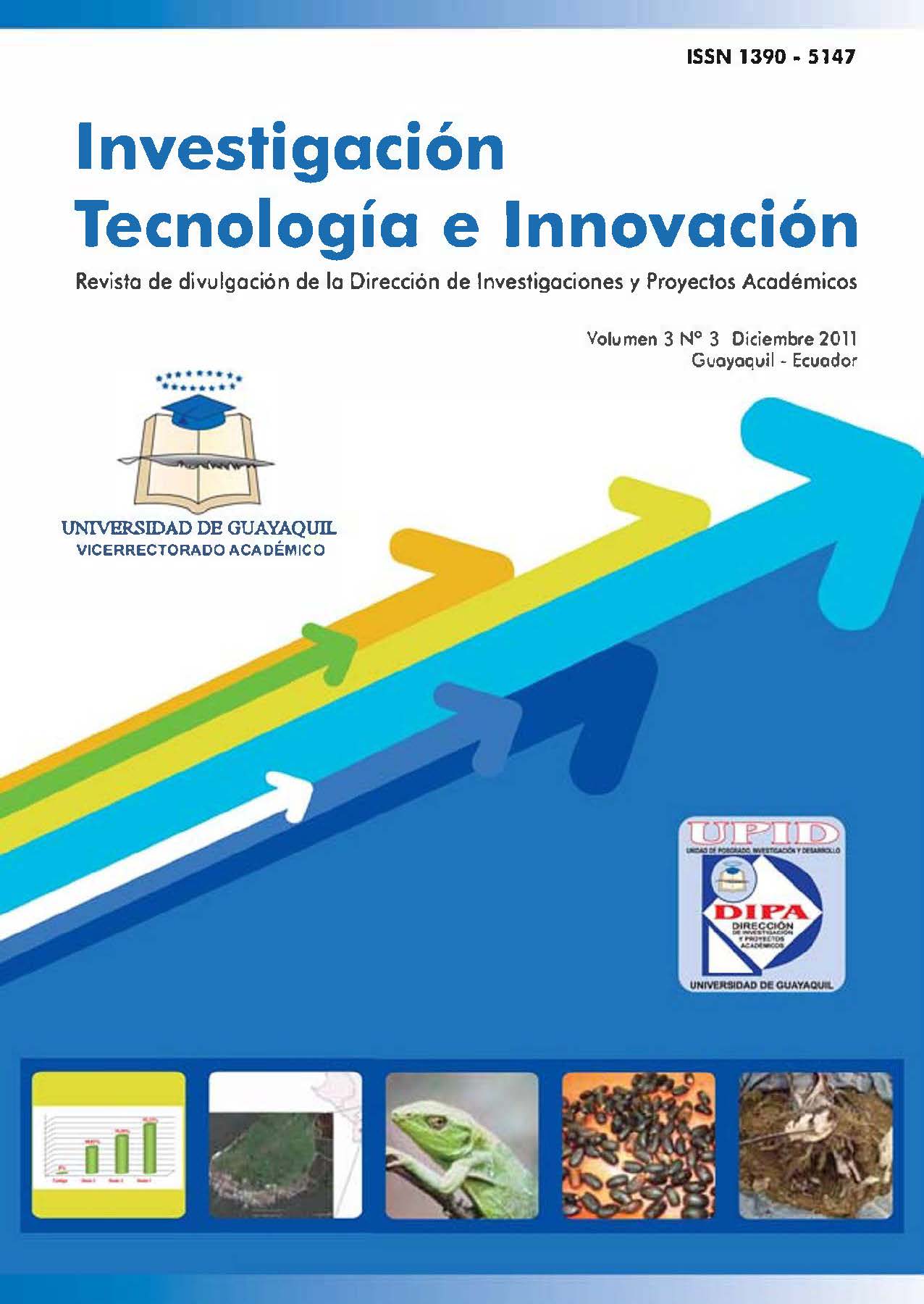Rapid ecological assessment of the mammals in the scientific station pedro Franco Dávila
DOI:
https://doi.org/10.53591/iti.v3i3.113Keywords:
mastofauna, transects, direct observation, Shannon DiversityAbstract
This work hadas main purpose of performing a scientific study of the mammals in the Research Station Pedro Franco Dávila (Jauneche) and its surroundings. The methodology used was direct observation, informal interviews and literature collection, taking into account only the first for calculation of diversity. Transects were conducted at three sampling sites of 1650 m and 6600 m2 in total, on 1.1 days/person/hour. We used 16 Tomahawk traps, Metal and Sherman in locations chosen by evidence of the presence of mammals, with a total of 192 traps I day. Bait was placed peanut butter, tuna, sardines, lettuce and visors.There were 79 individuals by direct observation, these are grouped in 3 orders, 4 families, 6 geners and 6 species. The mammal is distributed as follows: 4 marsupials (Didelphimorphia), 11 squirrels and one rat (Rodentia) and 63 howler monkeys (Primates). Atelidae family with a single species (Alouatta palliata) was the largest accounting for 79. 74% of the mammals recorded. Diversity of the mammalian fauna in the ECPFD, according to Shannon measures are: transect 1 (TI) is decits 0,229, in transect 2 (T2) is of 0.118 decits and transect 3 (T3) is of 0.507 decits. In the transects the species with the highest relative abundance was Allouatta palliata, the less abundan! varied in each of the transects. The similarity in the transects was below 50% where T3 and T2 transects were more similar because the number of individuals observed are relatively equal. The greatest diversitys found in forest edges and in nearby farms, this gives us to understand that there is a migration of species feeding grounds, causing a serious conflict with the inhabitants ofthe area who see animals as pests, where the only solution is to remove them. lt is noteworthy that the species found there are broad and opportunistic feeding habits.
References
Arévalo, J. 2001. Manual para el monitoreo de mamíferos terrestres en áreas de conservación. Asociación Conservacionista de Monteverde. Costa Rica.
Diario Hoy, 2008. Uno de cada cuatro mamíferos en peligro de extinción. 6 octubre. Quito.
PNUMA CMCM (Comps.) 2011. Lista de Especies CITES (CD ROM). Secretaria CITES, Ginebra, Suiza, y PNUMA CMCM, Cambridge, Reino Unido.
Solari S. Guía de campo de los Mamíferos del Ecuador. Mastozool. neotrop. [revista en la Internet]. 2007 Die [ citado 2011 Nov 28) ; 14(2): 300-302. Disponible en: http://www.scielo.org.ar/scielo.php?script=sci_arttext&pid=S032793832007000200017&1ng=es.
Tirira, D. 2004. Nombres de os mamíferos del Ecuador. Ediciones Murciélago Blanco y Museo Ecuatoriano de Ciencias Naturales. Publicación especial sobre los mamíferos del Ecuador 5. Quito.
Tirira, D. 2007. Guía de campo de los mamíferos del Ecuador. Ediciones Murciélago Blanco. Publicación especial sobre los mamíferos del Ecuador 6. Quito. 576 pp.
Tirira, D (Ed.) 200 l. Libro Rojo de los mamíferos del Ecuador. SlMBIOE/ Eco Ciencia/ Ministerio del Ambiente/ UICN. Serie Libros Rojos del Ecuador, Tomo 1. Publicación especial sobre los mamíferos del Ecuador 4. Quito.
Valverde, F. 1991. Plan de manejo de Jauneche. Universidad de Guayaquil, Vicerrectorado Académico, Comisión de Defensa del Patrimonio Nacional. Guayaquil.
E. Wilson. et al. 1996 Measuring and monitoring biological diversity. Standard methods for Mammals/ edited by WDon.
Zambrano, l. et al. 2009. Plan de manejo ambiental de Jauneche, Proyecto: O 13 FCI- 08. Escuela de Biología, Fac. Ciencias Naturales - DIPA. Universidad de Guayaquil.
Downloads
Published
Issue
Section
License
Copyright (c) 2011 Iván Zambrano Alcivar, David Almeida Barona, Milo Gonzáles Pin

This work is licensed under a Creative Commons Attribution-NonCommercial-NoDerivatives 4.0 International License.






